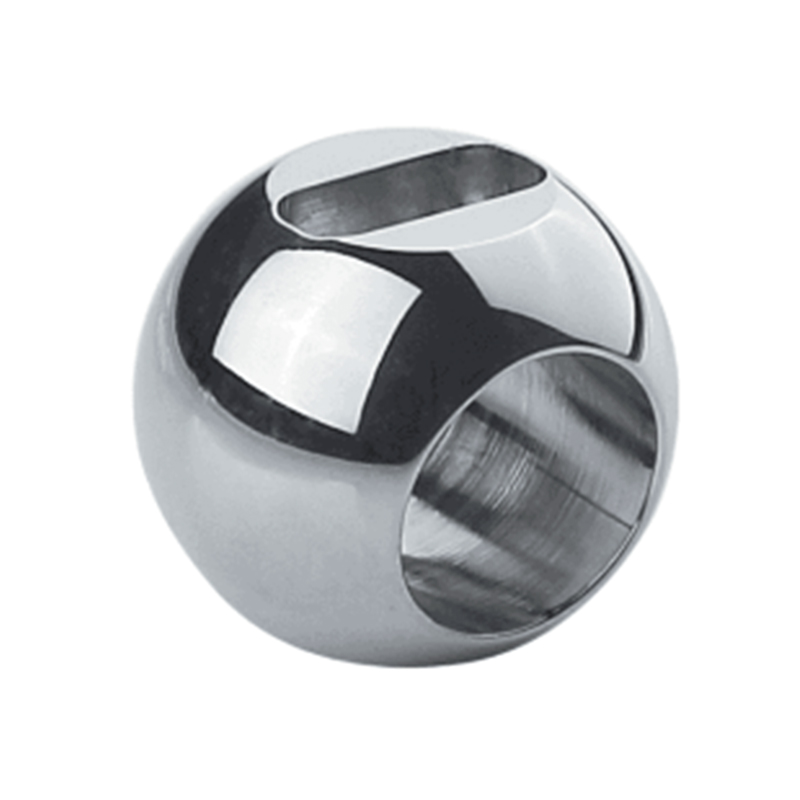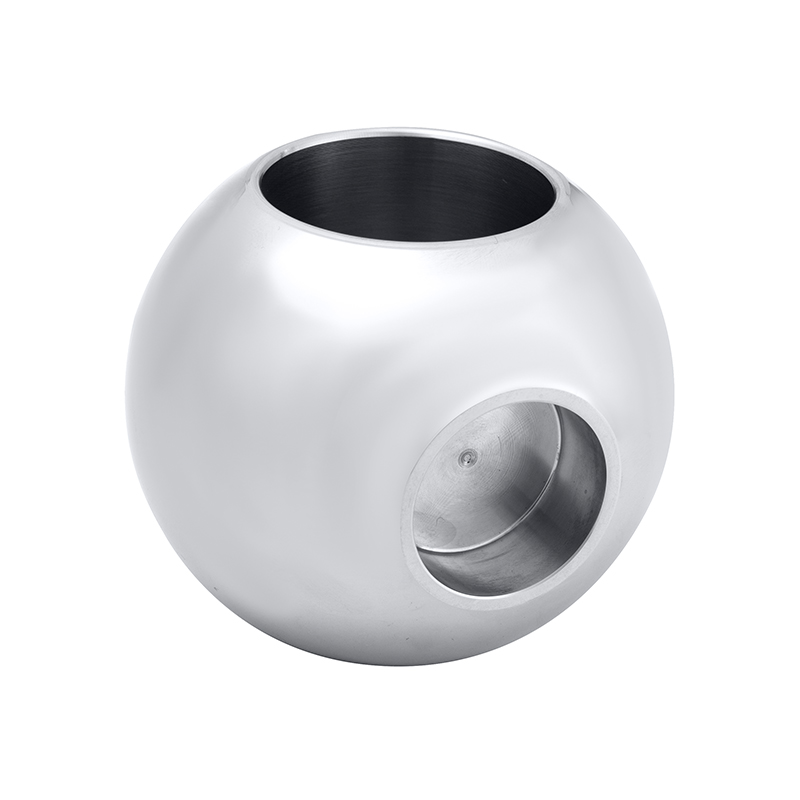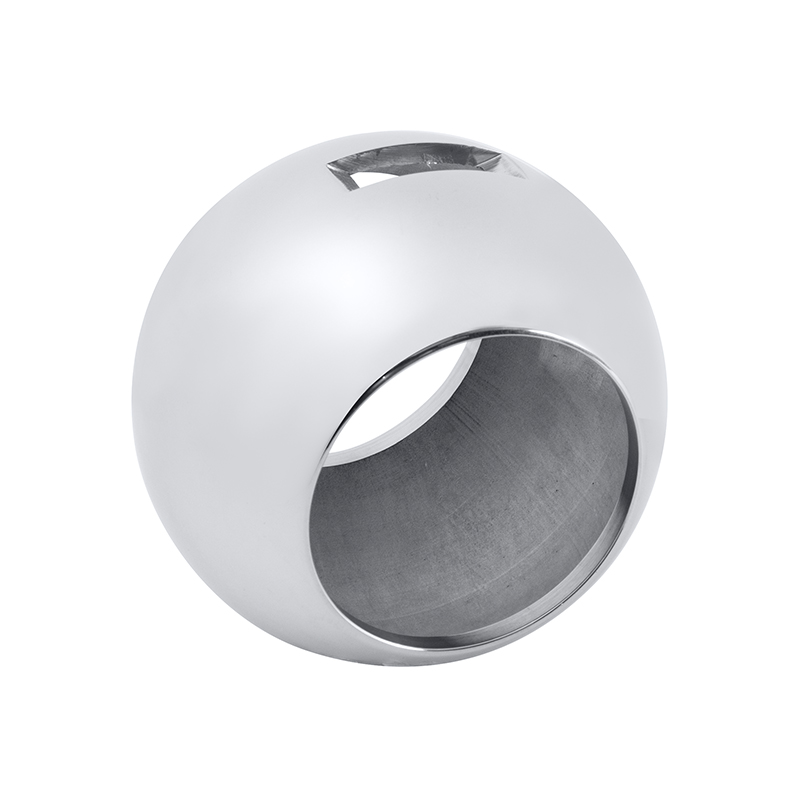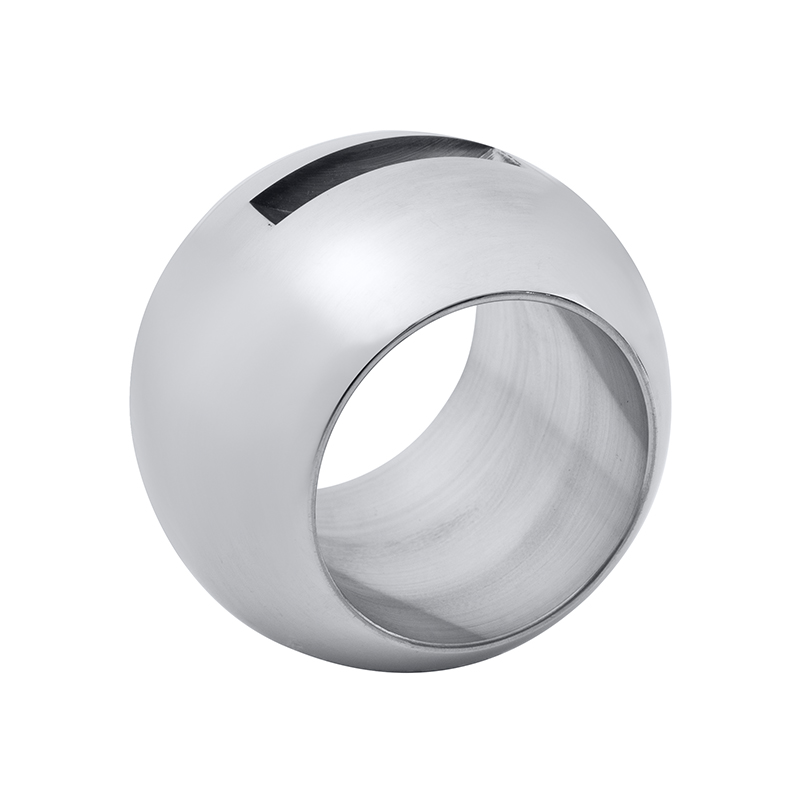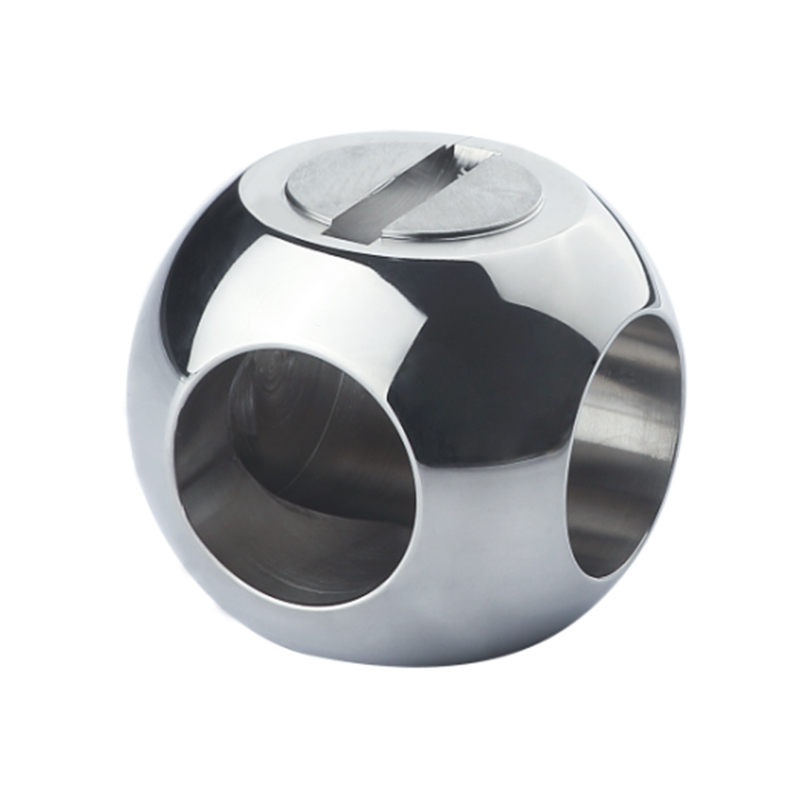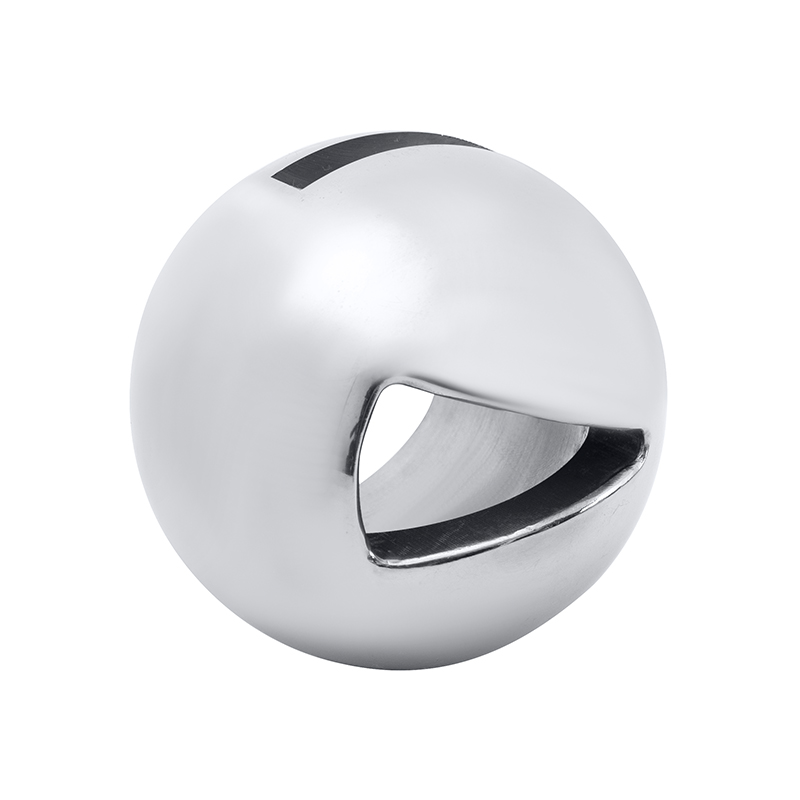Water treatment infrastructure plays a critical role in ensuring the availability of clean and safe water for industrial, agricultural, and residential use. At the heart of many water treatment systems lies a variety of valves that regulate flow, pressure, and levels of water within tanks, pipelines, and filtration systems. Among these components, valve balls—integral parts of ball valves—are essential for controlling fluid movement efficiently and reliably. This article explores the importance of valve balls in water treatment infrastructure and highlights the roles of different types, such as the high temperature float valve, stainless steel ball float valve, and 3 way poly ball valve.
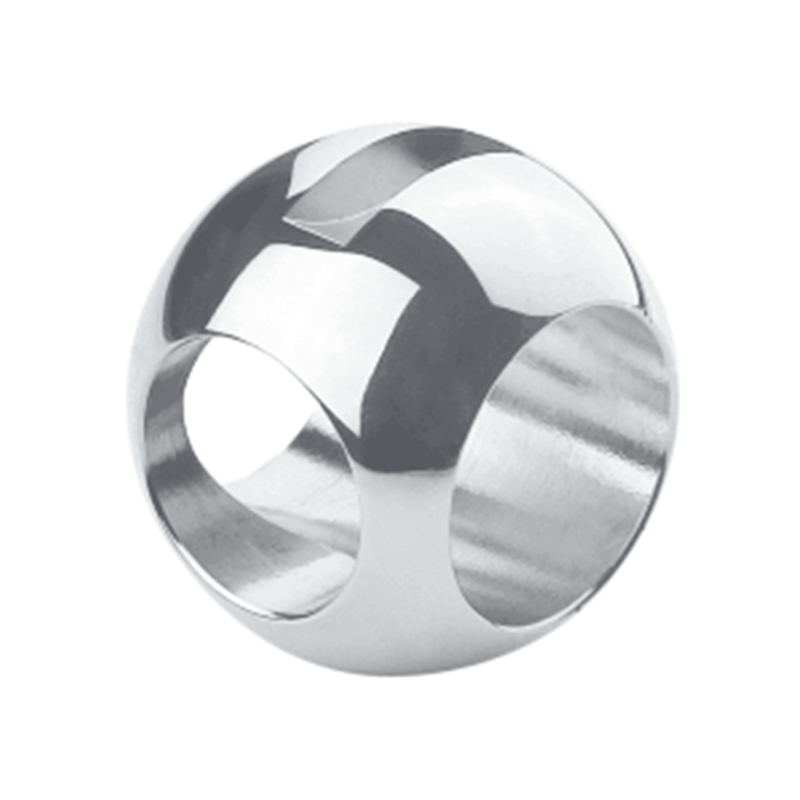
Understanding Valve Balls in Water Treatment
Valve balls are spherical elements that fit inside a valve body and help control the flow of liquid by rotating within the valve. When the valve ball aligns with the pipeline, fluid flows through; when rotated 90 degrees, the flow advances. This simple yet effective mechanism ensures precise control of water and other liquids. In water treatment infrastructure, valve balls are often used in float valves, ball valves, and multi-port valves to manage water levels and direct flow efficiently.
High Temperature Float Valve
A high temperature float valve is designed to operate in environments where water or other liquids reach elevated temperatures. Such valves often use specialized valve balls capable of withstanding thermal stress without deformation or loss of sealing integrity. In water treatment plants where hot water or steam is part of the process, for example, during sterilization or chemical treatment—high temperature float valves maintain safe water levels by automatically shutting off or allowing flow based on float position.
The valve ball in these float valves must be made of materials that resist corrosion and thermal expansion. This ensures the valve operates smoothly under fluctuating temperature conditions, reducing the risk of leaks or mechanical failures. Because water treatment systems often require consistent performance over long periods, the durability of the valve ball in a high temperature float valve is critical for maintaining system reliability and safety.
Stainless Steel Ball Float Valve
Water treatment facilities require components that resist corrosion due to exposure to various chemicals and continuous water flow. The stainless steel ball float valve meets these demands with valve balls made from stainless steel, a material known for its corrosion resistance and mechanical strength. These valves are widely used in applications such as water tanks, filtration units, and chemical dosing systems where durability and hygiene are important.
The stainless steel valve ball offers several advantages. Its smooth surface has fewer deposits and scale buildup, which can interfere with valve operation. Furthermore, stainless steel provides reliable resistance against oxidation and aggressive cleaning agents, making it suitable for both potable water and wastewater treatment systems. The use of stainless steel ball float valves can extend maintenance intervals and reduce the likelihood of valve failure, contributing to the overall efficiency of water treatment processes.
3 Way Poly Ball Valve
In water treatment systems, versatility in directing flow is often necessary. The 3 way poly ball valve features a valve ball made from polymeric materials such as reinforced plastics or engineered polymers. These valves typically have three ports, allowing the fluid to be directed from one inlet to two outlets or vice versa. This functionality supports complex flow configurations in water treatment processes, such as diverting treated water to different distribution lines or mixing fluids from various sources.
The poly ball in a 3 way valve offers chemical resistance, lightweight construction, and reduced wear compared to metal valves in certain environments. This can be especially beneficial where aggressive chemicals are present or where weight reduction is a priority for installation and operation. While polymer balls may not be suitable for high-temperature conditions, their use in typical water treatment scenarios improves operational flexibility and lowers equipment weight without sacrificing durability.
Key Roles of Valve Balls in Water Treatment Infrastructure
Valve balls influence several important aspects of water treatment infrastructure:
Flow Control and Regulation: By opening or closing flow paths precisely, valve balls ensure consistent water levels and pressures, preventing overflow, dry running, or backflow issues.
Corrosion and Chemical Resistance: Selecting the appropriate valve ball material—whether stainless steel for corrosion resistance or polymer for chemical compatibility—extends valve life and maintains system hygiene.
Thermal Stability: For systems handling hot water or steam, valve balls in high temperature float valves maintain reliable operation despite thermal expansion and contraction.
System Efficiency and Safety: Reliable valve balls reduce maintenance frequency, lower downtime, and help maintain safe operating conditions by preventing leaks and unintended flow.
Operational Versatility: Multi-port valves with 3 way poly ball designs support complex routing needs, allowing water treatment plants to adapt flows without installing multiple valves.
Valve balls, although small components, play a vital role in the efficiency and reliability of water treatment infrastructure. From high temperature float valves that endure thermal stresses to stainless steel ball float valves that resist corrosion, and 3 way poly ball valves that enhance system flexibility, these components contribute significantly to water management and safety.
Choosing the right type of valve ball based on application requirements is essential for ensuring long-term performance and operational stability. As water treatment technologies evolve, understanding the material properties and functional advantages of different valve balls remains key to designing and maintaining effective infrastructure for clean water delivery and wastewater management.

 English
English Español
Español Deutsch
Deutsch
